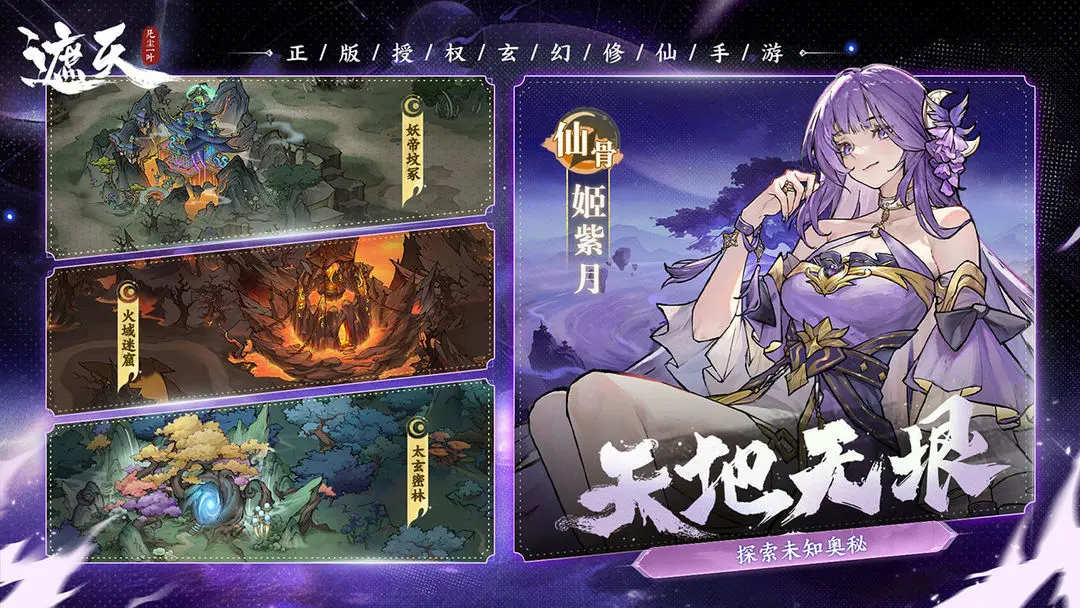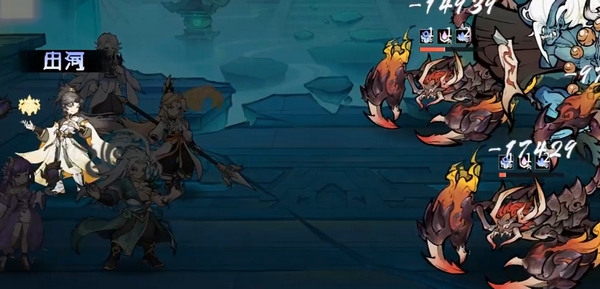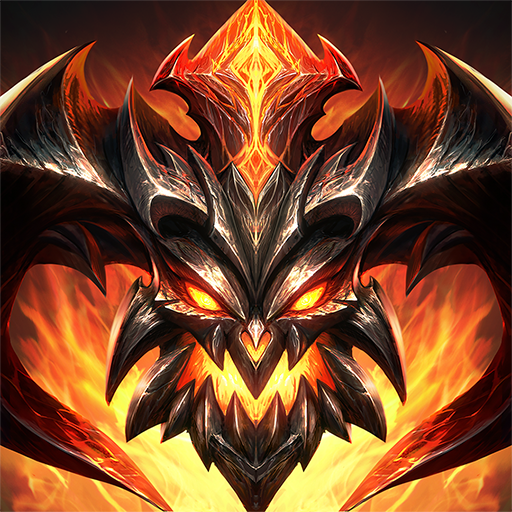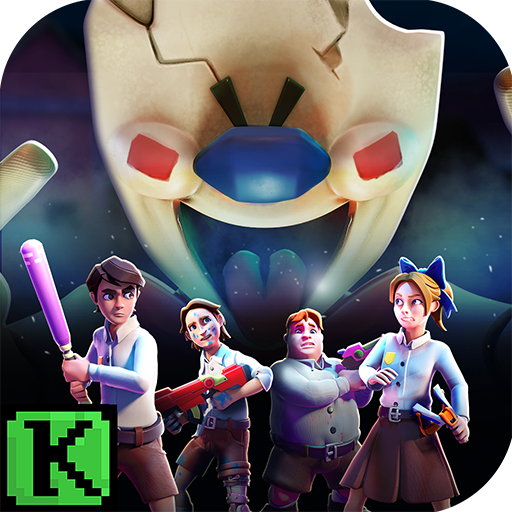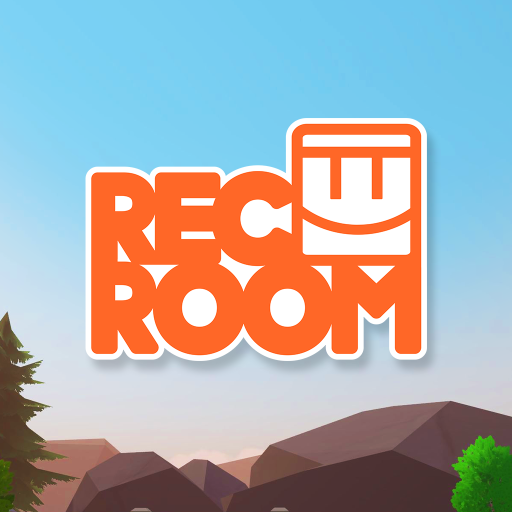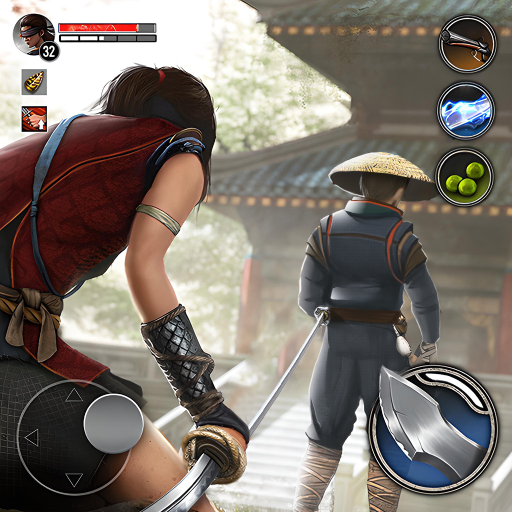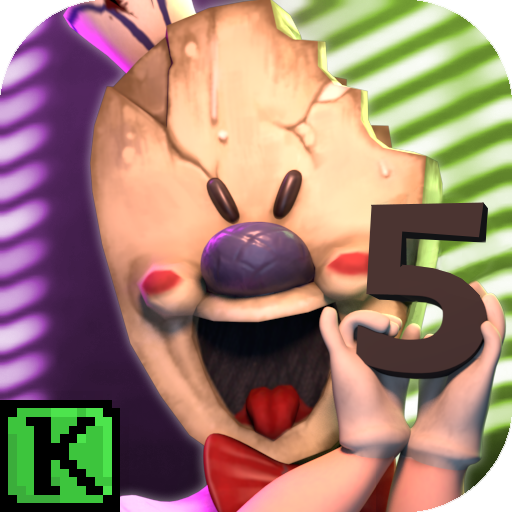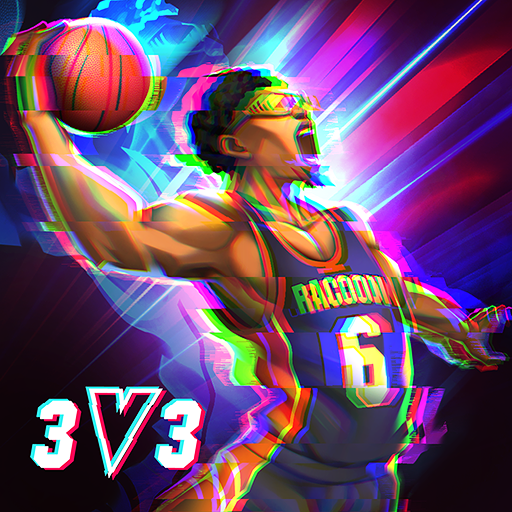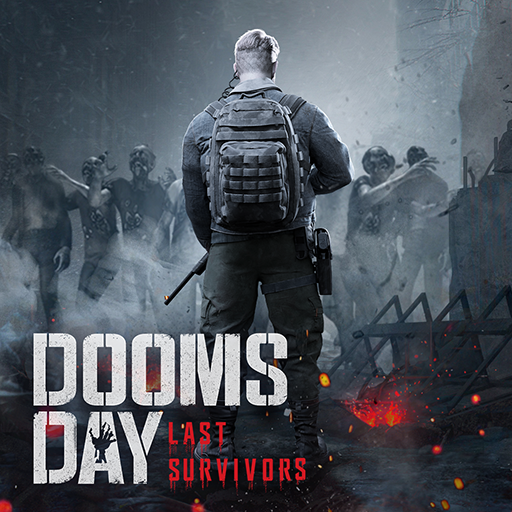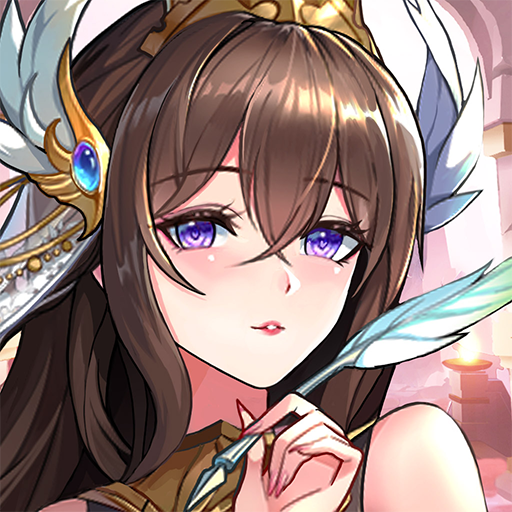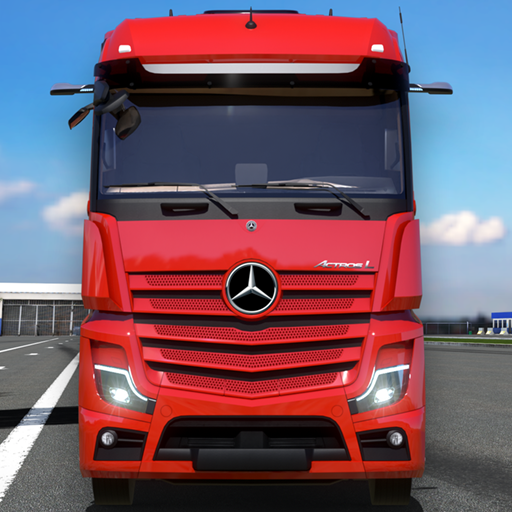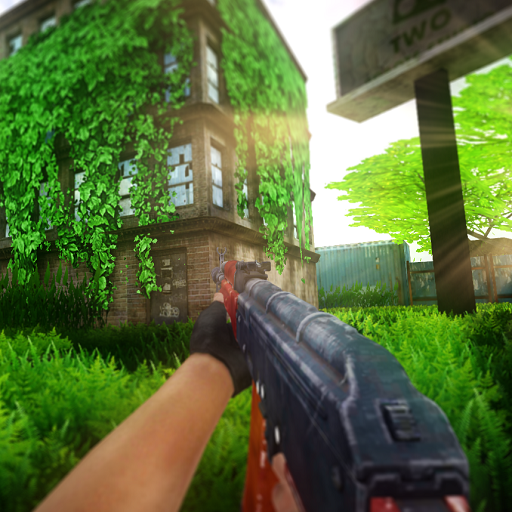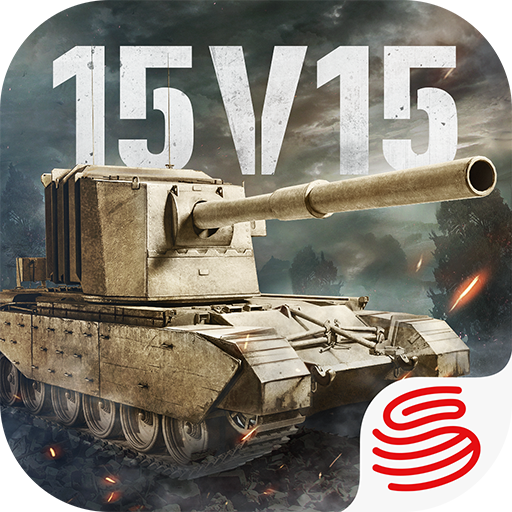In the world of Rascal Dungeon, for new players just starting out with this game, spending time to thoroughly understand the characteristics of different characters is the key first step to embarking on an exciting gaming journey. Of course, in addition to these gameplay elements, there are also many other aspects that cannot be overlooked in the early stages. Therefore, the content shared in this Rascal Dungeon game guide is something you shouldn't miss. Taking the initial character as an example, although its skill settings are relatively basic, it has the advantage of being easy to get started with, allowing players to quickly become familiar with the game's basic operational rhythm.
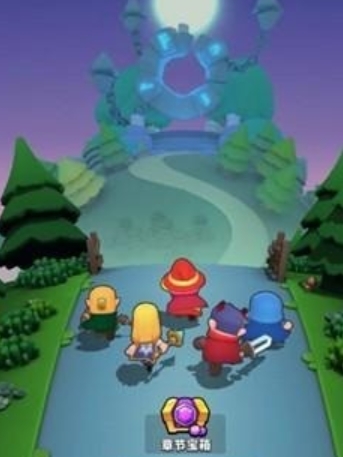
Many characters in the game come with special effects. To master these unique skills, new players might want to spend more time trying them out in practice mode. Talking about the game's level maps, when newcomers first enter the game world, each room is like a blind box waiting to be opened, featuring unique layouts and possibly hiding unexpected items. Some rooms even conceal mysterious passages leading to unknown areas or contain chests filled with precious treasures. The skills that appear during battles should not be chosen randomly; they need to be selected based on the desired effect.
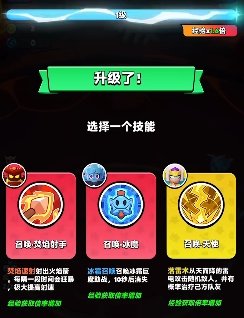
Moreover, the level maps are full of various dangerous traps, so players need to know how to use all kinds of props. In addition to purchasing, these props can also be synthesized. Regarding the game's gacha system, currently, there are four highly anticipated UP heroes in the game, but only two have been released so far: the Water Captain and the Thunder God. This UP event runs on an irregular cycle, similar to limited-time offers for valuable goods. If you miss it, you may have to wait a long time before it reappears.
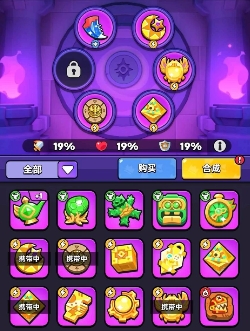
Therefore, players can stockpile UP recruitment tickets. Here’s a small suggestion: try to save up 200 draws before starting your gacha journey because the game has a thoughtful guarantee mechanism – 50 draws for a small guarantee and 100 draws for a large one. As long as you reach the required number of draws, you will definitely get an UP hero. Additionally, each UP event has cumulative draw rewards, divided into five rounds, each requiring 200 draws. When you complete 200 draws, you will receive an UP hero from the current event, which is an extra surprise bonus.

However, to complete one round, including the return of draw tickets, you need to prepare 171 draws in advance, plus the 39 draws returned from the first four rounds. If you accidentally don’t have enough draws, don’t worry; you can still make up for it with diamonds. 3000 diamonds can get you 10 draws. Among the many heroes, a few stand out as excellent long-term investments. First, the Fire Blade excels in single-target damage, especially in Goblin dungeons, where its performance is outstanding. It is also very accessible, as new players can obtain it through the initial guaranteed summon.

The Ice Mage is also not to be underestimated. As a top-tier front-line, it summons creatures with extremely high durability, standing there to absorb damage for the rest of the team. For new players, following the main quest to clear levels and collect scrolls at the beginning is a good choice. During this process, most people can successfully summon the first mythic hero, the Demon Child Fire Blade. Generally, a 10-draw has a chance to get it, and even if luck is a bit off, it can usually be obtained within 30-40 draws.
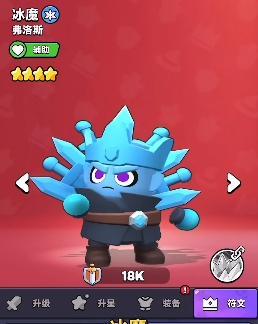
In the early stages of the game, since the gacha situation is not very clear, players can pair their lineup based on the heroes they have drawn, following the principle of using whatever is available. Use the highest-starred hero you have, and once you have accumulated a certain number of heroes, you can start carefully pairing your lineup. Speaking of recommended lineups for early-game progression, here’s a good combination for reference: Ice Witch + Angel + Old Man + Ice Mage + Fire Blade. In this lineup, the core main DPS is the Fire Blade, which takes on the primary damage-dealing role. The secondary DPS can be the Ice Witch or the Old Man, who can step up to share the pressure in critical moments. The healer is, of course, the Angel, ensuring the team’s health, while the Ice Mage controls the battlefield.
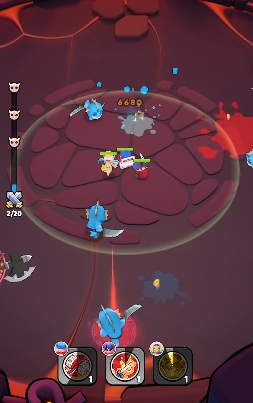
In the Rascal Dungeon game guide, you can see many details that are useful in the early stages. New players will gradually encounter these gameplay elements as they progress through the levels. However, by knowing them in advance from this introduction, you will have more room for maneuver later on.
